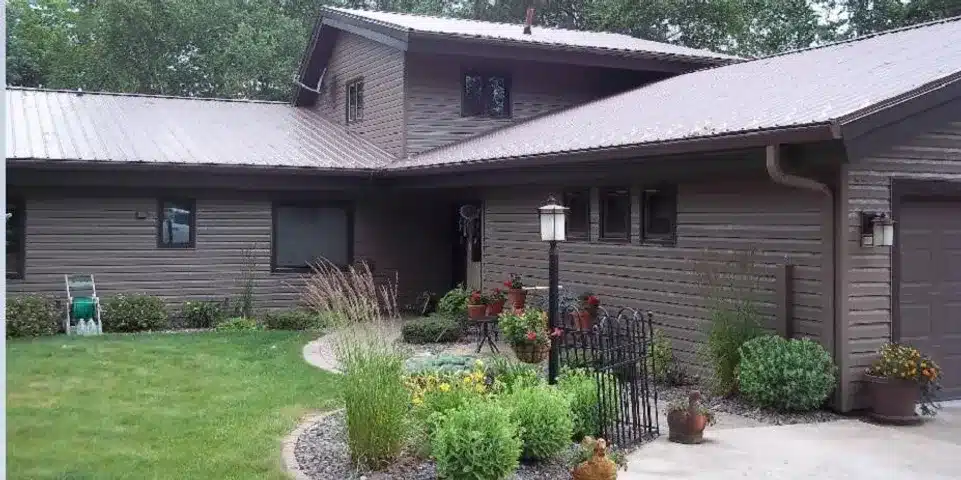Do’s and Don’ts of Choosing New Siding

Do’s and Don’ts of Choosing New Siding
New siding will give your home a much-needed facelift to boost curb appeal. Seamless siding from ABC Seamless provides a necessary barrier against the elements. For insight into what to look for as well as what to avoid, here are some helpful do’s and don’ts for selecting new siding.
When Choosing New Siding Do This:
Select a durable siding material.
For siding, you want to find a durable material that will protect your home’s structure long-term. Steel seamless siding, available at Engstrom’s Siding and Window, is a smart choice because it’s nearly maintenance-free and economically friendly. With pieces that fit the length of your home, seamless steel eliminates the concern of cracks, protecting your home from water, wind, insects, and mold spores. With a wide range of textures available, you can select the style that best suits your home’s aesthetic.
Create a cohesive color scheme.
Selecting the right color of seamless siding will boost your home’s curb appeal and potentially increase its resale value. To create a cohesive look, follow a select color scheme for a uniform look. Use your landscaping as a starting point for selecting your colors. For instance, earth tones such as browns, greens, and coppers pair nicely with large trees and plants of similar colors. If you’re unsure about a particular color, test it out on a small area before starting a full-fledged project.
Don’t Do This:
Worry about creating a perfect color match.
While you want to create a uniform color palette, you don’t need to match everything perfectly — a perfect match may look dull and drab. Instead, select colors that complement each other and provide some contrast. For example, if you have blue shutters and an off-white exterior, paint your front door blue to coordinate with the shutters and contrast with the siding. To achieve a color balance, think in terms of thirds. If you prefer the home to be a light color, opt for two-thirds to be painted in a light hue and one-third in a darker shade to offset it. If you prefer darker shades, follow the same principle in reverse.
Put off getting new siding.
In addition to creating visual interest, siding is also necessary for keeping your home in optimal shape. If your siding is beginning to crack and warp, you’re much better off addressing the problem at the onset before the issue becomes exacerbated. Wait too long, and you run the risk of exposing your family to water damage from leaks, which can cause mold or a pest infestation.
